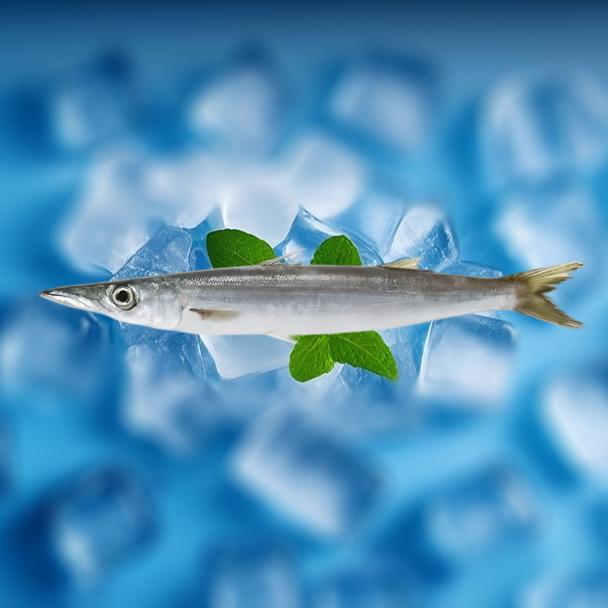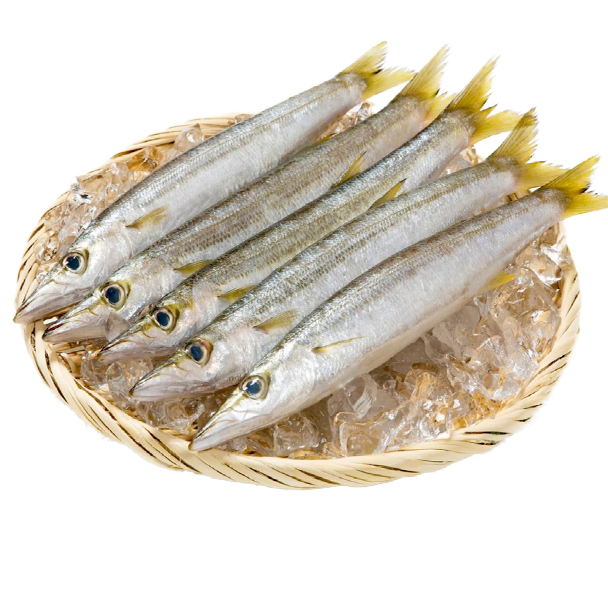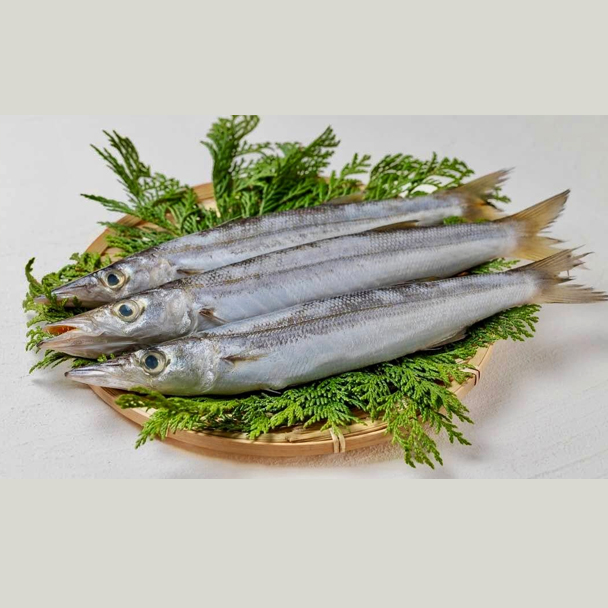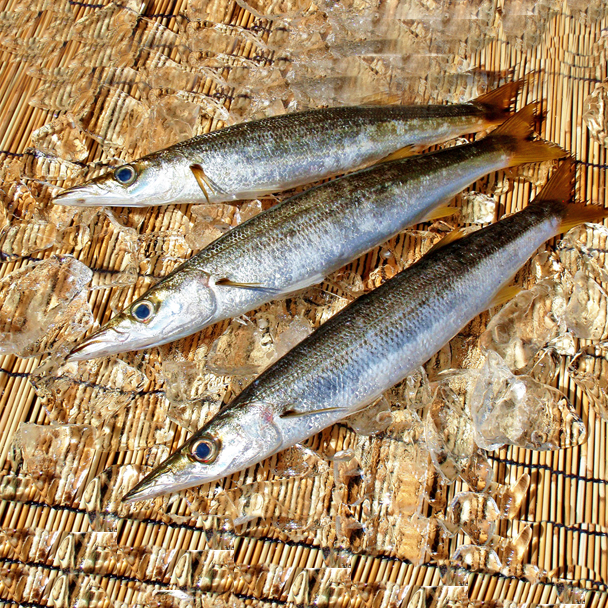








Japanese Barracuda is a prominent predatory fish widely distributed in the coastal waters of Japan and the northwestern Pacific. Belonging to the Sphyraenidae family, it has an elongated, spindle-shaped body that can grow up to around 1 meter in length. Its streamlined shape allows for swift swimming, and it features a long, pointed head with a large mouth lined with sharp teeth on both jaws—perfectly adapted for hunting.
Japanese barracuda typically inhabit shallow coastal seas, straits, and areas near coral reefs, swimming in the upper to midwater layers. They mainly feed on small fish and crustaceans. While usually solitary, juvenile barracuda may form small schools. As an efficient predator, the Japanese barracuda plays a vital role in the marine ecosystem.
Its flesh is firm, white, and flavorful, rich in protein, and it is a common ingredient in Japanese cuisine. It is suitable for grilling, steaming, simmering, and other cooking methods. Due to its high economic value and stable catch volume, the Japanese barracuda is considered an important species in Japan’s coastal fisheries.
